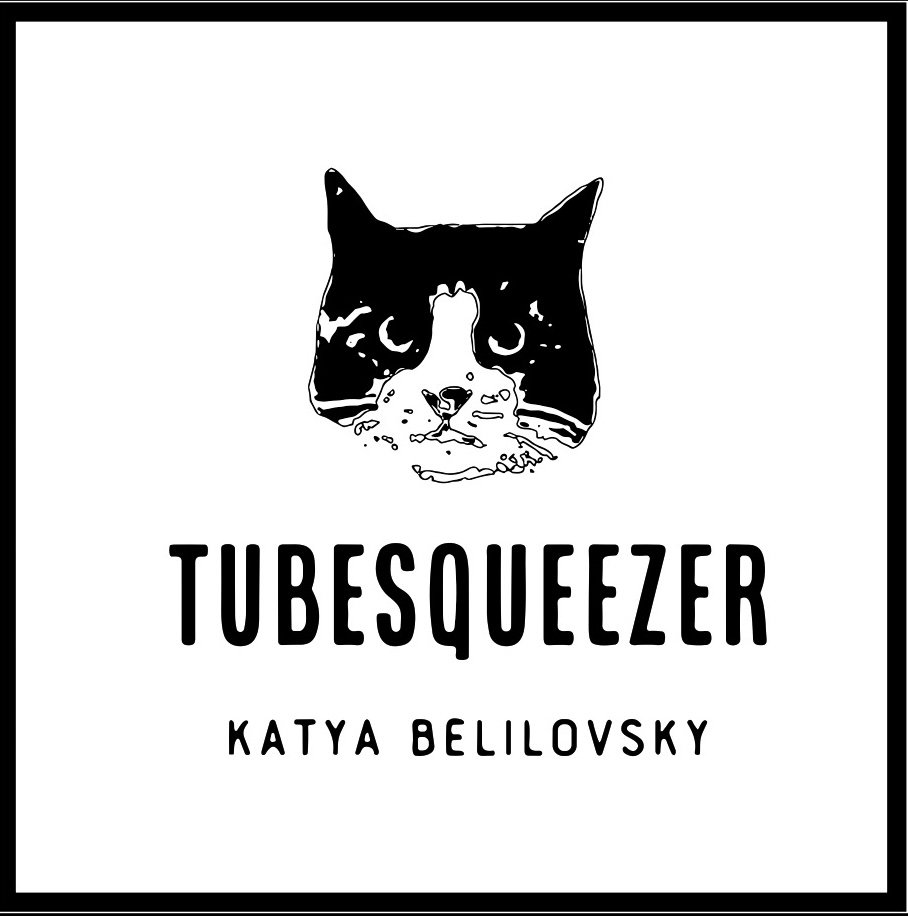is limited palette limiting?
No way, let me tell you why! I first started to explore painting by using acrylic paints, all because the art school I attended also catered to children, so we couldn't use anything toxic. I'm not exactly an acrylic enthusiast, even though I hugely admire artists who've mastered this medium. The plastic-y feel and the quality of the pigments never really resonated with me. Fortunately, our ever-so-dedicated teacher convinced the administration to let us switch to oil paints and non-toxic thinner( no such thing, we just don’t have enough data yet). Ah, the creamy texture, the vibrant colors, their ability to blend, everything about oil paints simply stole my heart. I can still recall my very first painting - a still-life of a dark green olive oil bottle and a green apple beside it. I'm so embarrassed by it that I'd rather die than let it go public! My dad has it hung in his kitchen, and every time I walk towards the fridge, it feels like it's mocking me with the most wicked laugh!
When I bought my first set of oil paints from an art store, I had a list with just five colors. I thought I'd need more, so I randomly picked a few that I thought might come in handy. It's a hilarious memory now, knowing how many artists, like me, have fallen into the trap of overspending in the paints section of art supply stores. It's a candy store for artists, we are art supply addicts! Over the years, I've ended up with some pigments that I seldom use. Every once in a blue moon, I'll squeeze out an eccentric shade of green or purple for a specific task, but mostly I stick to limited palettes that I've grown to understand. Right now, my artistic path is about exploring different limited palettes and curbing my value range. I never know how long I'll stay on this course, as I always find ways to surprise myself and break free from my self-imposed limitations, but it's an enjoyable journey for now. So, why do I love limited palettes so much? Well...
Using a limited palette is a fantastic way to harmonize the colors in a painting. The color scheme becomes unified and the colors themselves become instantly more harmonious. It's also more efficient; fewer colors simplify mixing and improve consistency, allowing the artist better control over the process. Artists ( yes, I speak for many people here ) learn how to use greys and lower chroma paints to mix tones and chroma scales without the need to buy more colors. A limited palette also nudges you to become better at color mixing. By figuring out how to mix colors effectively, you can achieve a wider range of hues even with fewer pigments. You'll start to understand the properties of the paints you're using quicker and the results will be more predictable. So there you have it!
Colors I used:
Purple: cadmium red deep+ultramarine and cadmium yellow
Ultramarine violet and alkyd resin lemon yellow
Cadmium red medium + magnesium blue hue and cadmium yellow light
Magnesium blue + cadmium red light and alkyd yellow light





